Software engineers develop software to be embedded in IoT devices and application software for network systems.
Design areas include Embedded (software development for control systems to be embedded in machinery and equipment), IT Solution (software development for network systems to be used with PCs, tablet devices, and servers), and Model-Based (upstream processes such as preliminary research based on models as well as requirement definition and design during the development phase in new development projects).
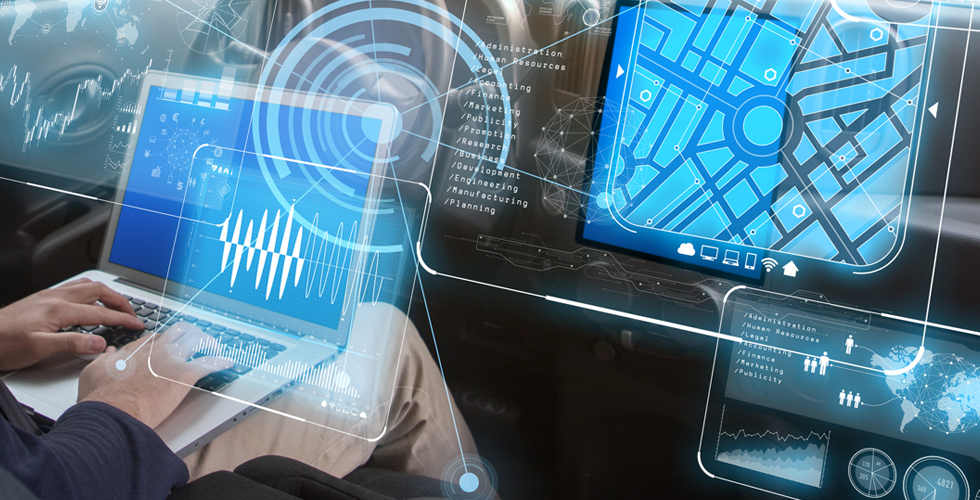
•Software development for electronic control units (ECUs) installed in automobiles
•Design and development of advanced driver-assistance systems (ADASs)
•Software development for production process automation systems
•Software development for embedded microcontrollers that control home appliances
•Since our development targets are embedded systems (microcontrollers, OSs, firmware, and middleware), knowledge of microcomputers, the C programming language, etc.
•Knowledge of both hardware and software for product development.
•Knowledge of simulation environments (HILS) and network-building for evaluating software in control system development.
•Knowledge regarding functional safety and software tests.
•Development of systems for optimizing management efficiency, such as business systems
•Development of systems for optimizing the efficiency of manufacturing processes for semiconductor manufacturing equipment, etc.
•Analysis and service development using big data
•Front-end and server-side web system development
•Knowledge of data structures and algorithms, object-oriented programming, class design, etc., for developing programs.
•Probability, statistics, differentiation, integration, linear algebra, and other mathematical knowledge to comprehend advanced data processing, such as image processing and efficiency optimization due to AI and machine learning.
•Knowledge of Web mechanisms and security, databases, cloud platforms, and container technology.
•Knowledge regarding application software development, such as IoT and programming language.
•Definition of requirements and upstream software design in development phase of previous research and new development
•Specification, analysis, design, validation, and verification of software and systems
•Simulation analysis to realize functionalities requiring various information, such as automated driving
•Back-to-back testing (Comparative testing of models with different versions)
•Knowledge of model-based development (MBD, UML, DFD, MILS, HILS, etc.).
•Knowledge of analysis simulation tools (MATLAB, Simulink, Stateflow, etc.).
•Knowledge of mathematics and physics, including differential equations, for forming models of the behavior of control systems.
•Knowledge of Python, machine learning and deep learning with regard to the development and operation of AI models.
Artner’s software engineers have a proven track record in a wide variety of projects in the core areas of manufacturers’ business processes.
●Development of brake control system
●Analysis of motors and inverters

●Development of power unit functions
●Design and development of control systems
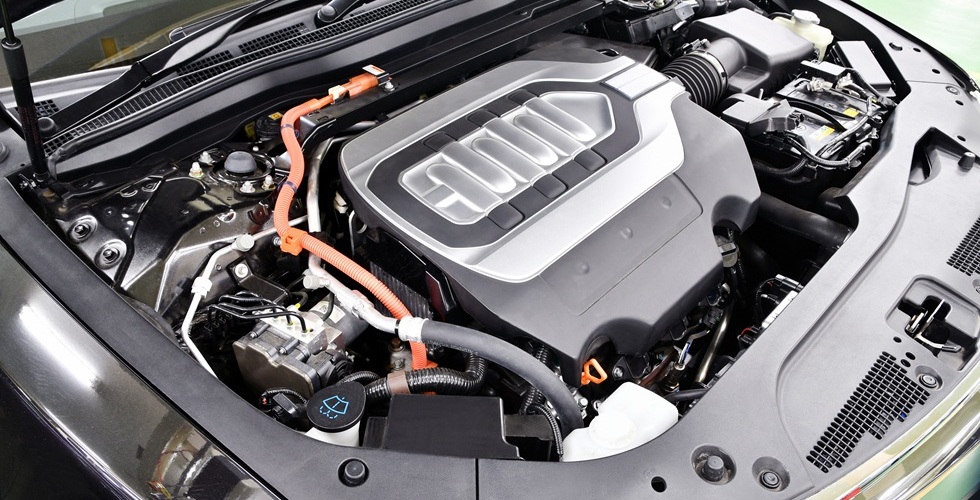
●Software development and control unit development for semiconductor lithography equipment
●R&D of hydrogen station system
●R&D of energy system
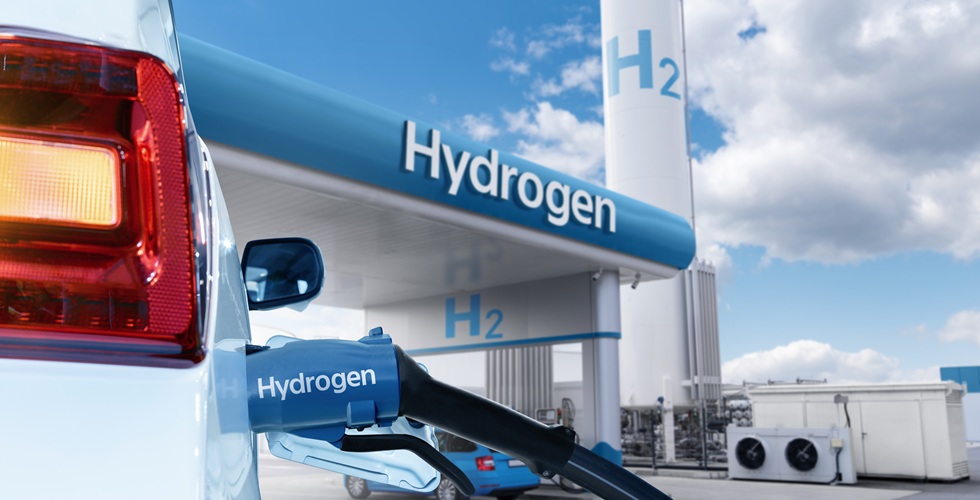
●Software design and development for AD/ADAS
●Development of AI-based detection systems
●Advance development of automatic perimeter monitoring system using camera images

●Development of internal core systems for consultants
●Creation of open-source software

●Design of control software for electric power steering
●System testing using HILS
●Development of in-house tools (RPA)
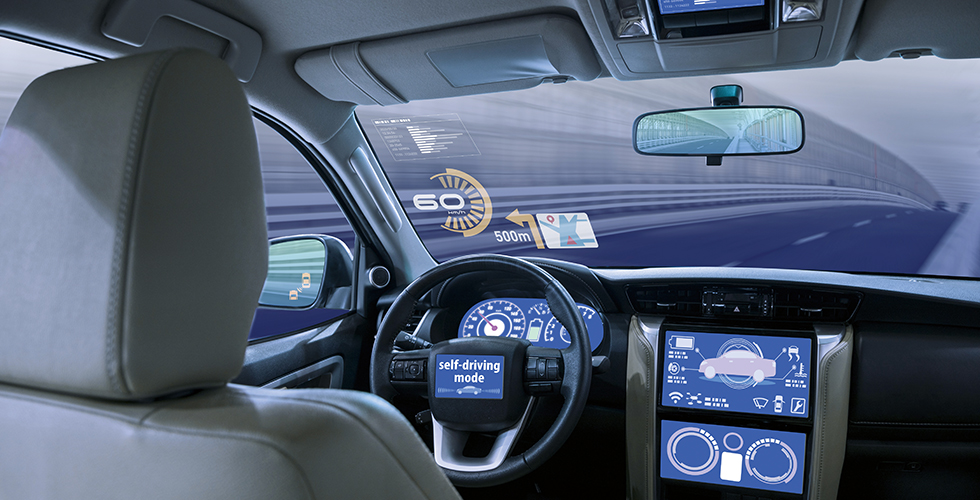
●Development of applications for satellite ground systems

●Development of software for home appliances
●System testing for home appliances
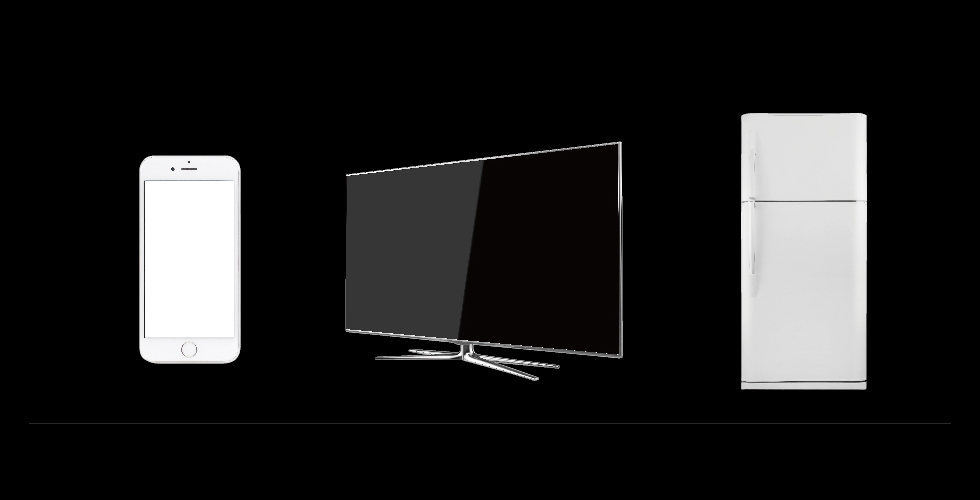
●Development of control software for X-ray diagnostic equipment
●Evaluation of medical system
●Verification of medical device components and data collection
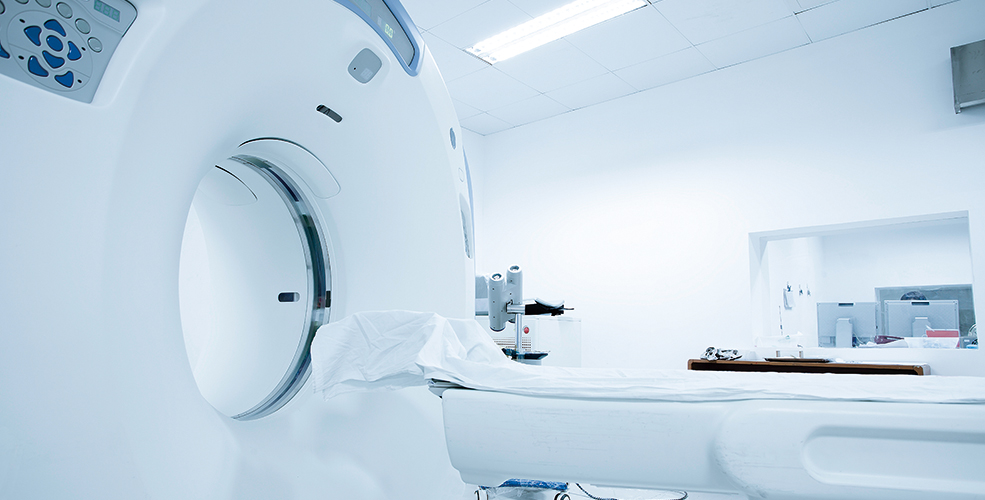
●oftware design for motorcycle ECU
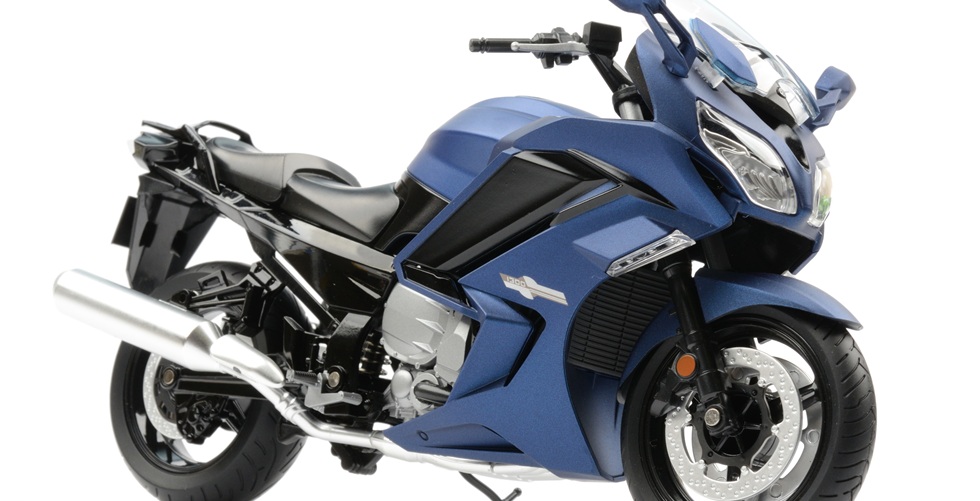
●Development of control software for industrial equipment
●Development of service tools using IoT devices
●Analysis of electron microscopes and related equipment
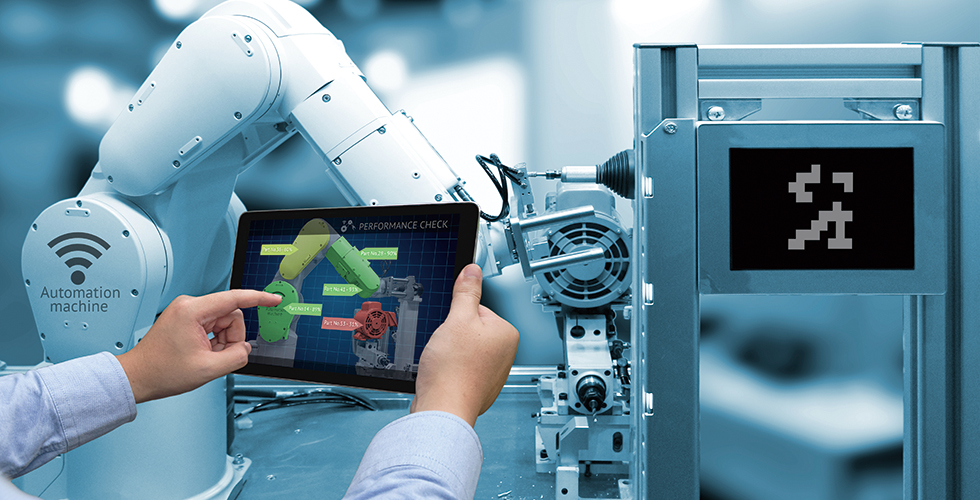
At our extensive in-house training facilities, new software engineers receive two levels of specialized training: basic training and customized training (practical training).
The trainees will be retrained from scratch, reviewing what they learned in school.
This practical training curriculum involves focusing on how to apply the knowledge learned in school to actual development work.
This training focuses on specific client company operations to provide process-based education that matches the needs of each workplace. The trainees will acquire a wide range of necessary technical skills, from basic to application.
Training curriculum